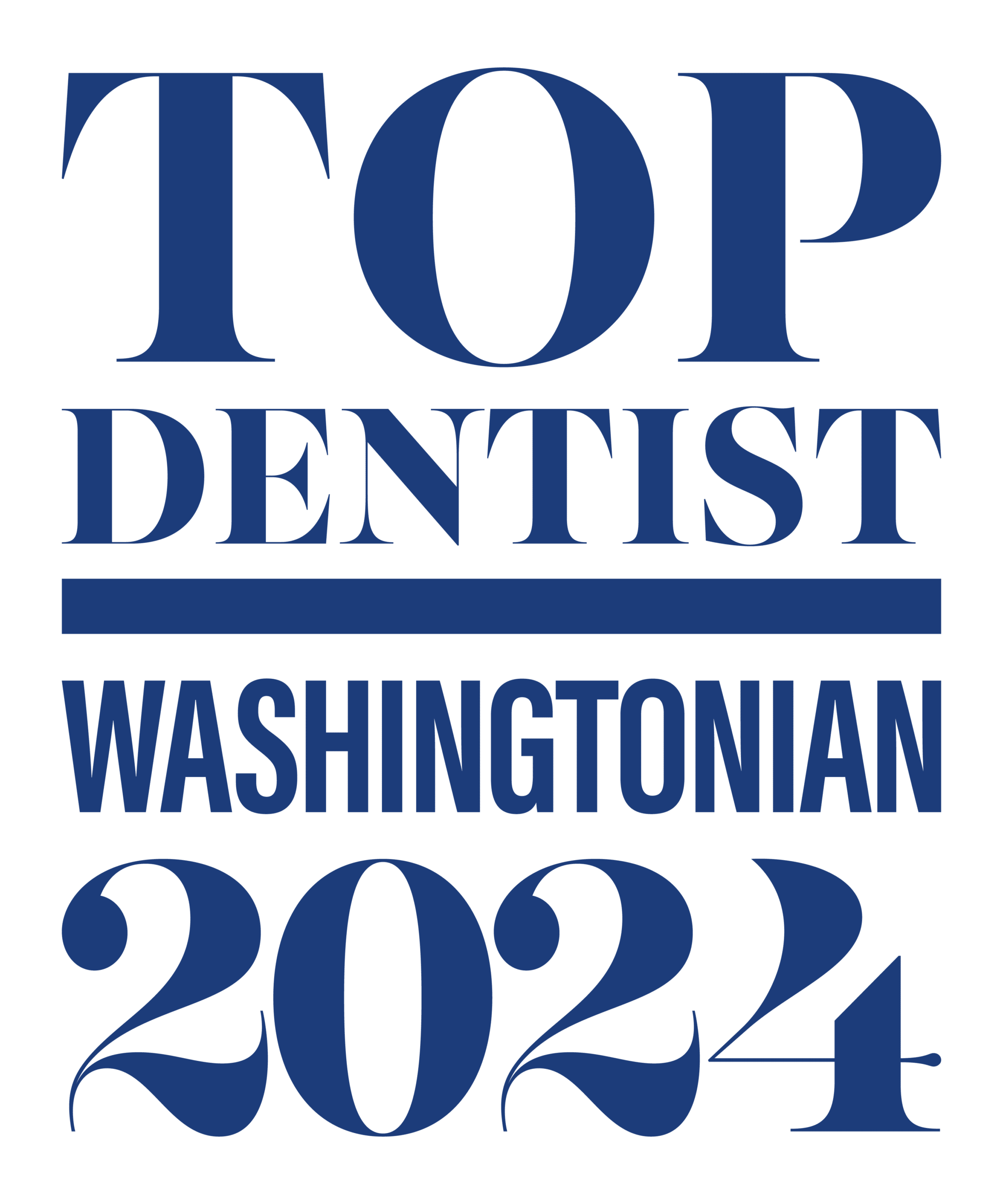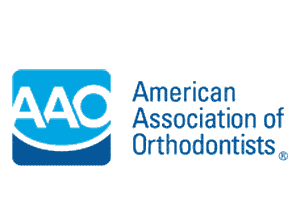Every patient's smile matters. That's why braces should be easy.
From the treatment plan to the financing, to how we talk about your treatment, all the way down to how you’re treated in our office matters! That’s why at Larson Orthodontics, we believe that every detail about your braces is important for a beautiful smile.
More Questions? Contact us!
Please feel free to contact us to ask us a question or if you just want to talk to a real person! We want you to have a great experience in braces whether you’re at our Alexandria office for an appointment or not.
Common Orthodontic Questions
How can I tell if my child needs orthodontic treatment?
This is difficult for a parent to evaluate. Even if your child’s teeth look straight, there may be problems that require the expertise of an orthodontist. Regular dental check ups may alert you to the need for specialized orthodontic treatment, but examination by a dedicated orthodontist is recommended for all children from the age of 7.
Your first consultation with us is a courtesy! Together we can assess your child’s options and offer any recommendations. Early detection is the best prevention against future difficult treatment for your child, but many problems may resolve on their own, and we can help guide you whatever your needs!
What are the early signs of needing orthodontic treatment?
There are some things to look out for at any age which could necessitate an appointment with an orthodontist for further evaluation.
These include:
Embarrassment while talking or smiling
Difficulty in chewing or recurring biting of your cheek(s)
Difficulty cleaning teeth or removing food stuck between your teeth
Tell me about Phase 1 and Phase 2 Treatment.
This refers to two separate parts in our approach to a great smile, to first prevent larger orthodontic treatment by helping a younger child who has moderate or severe orthodontic concerns while their teeth are still developing (Phase 1), or to subsequently address problems of alignment once all permanent teeth have erupted (Phase 2).
It isn’t a chance for orthodontists to prolong your time spent in braces or at the office, we promise! It’s simply our best way to care for you depending on how your teeth are developing and guarantee a great end result.
The first phase of treatment, Phase I, aims to treat common problems early, such as crossbites (of the front or back teeth) and crowding. This phase of treatment usually begins while the permanent front teeth are erupting (typically around the age of 8-9), and can help to turn a difficult orthodontic problem into a more manageable one. It can also greatly help improve self-confidence if embarrassment has occurred due to position of the developing teeth. We usually recommend this treatment when waiting could cause orthodontic problems or social problems to worsen.
The second phase of treatment, Phase II, is recommended after all permanent teeth have completed eruption. This serves to complete proper alignment which cannot be achieved with baby teeth present.
Does everyone start with Phase 1 treatment?
No! We evaluate to find out if this will save you time, expense and hassle down the road. But the majority of our patients can wait until they have all their permanent teeth to begin treatment.
Could I skip Phase 1 treatment and wait to do Phase 2 later?
We couldn’t recommend this if we have assessed your child and identified worsening problems which necessitate beginning Phase 1 treatment. Remember, we are aiming for best clinical outcome, and we want to avoid possible serious conditions which could lead to extractions, jaw surgery, and increased costs. So even if it seems early to begin treating your child, we really want to make this as easy as possible on them – and you – in the long run!
Do braces hurt?
You can expect them to feel unusual and uncomfortable for the first few days after placement, or after each adjustment. Using an over-the-counter medication for pain relief will help during this period.
Orthodontic technology and treatment has improved so much in recent years. We now use much lighter and smaller technology to achieve the same end result in a shorter time. Everything we use and choose works to minimize your discomfort and get you through your treatment as quickly, but carefully, as possible.
How long will my treatment take?
This is hard to say because we assess and treat on a case-by-case basis. An average timeline could be less than 18 months, some take up to 2 years. Our aim is always for the highest quality in orthodontic result and we’ll take however long it needs to get there.
What is full or comprehensive orthodontic treatment?
When all your permanent teeth have already erupted, such as in adolescents or adults, we use full orthodontic treatment- when there was no chance to perform Phase 1 treatment.
Am I too old for braces?
We say never! You may see the pace of your transformation move a little slower than a developing child’s would, but you can still see amazing changes! We’ve treated patients in their 50s, 60s and 70s!
What does Extraction or Non-Extraction therapy mean?
Using Extraction therapy means we need to remove permanent teeth in your orthodontic plan of care. Most commonly, if a patient’s teeth and profile protrude too far, removing teeth allows us room to pull the front teeth back.
With Non-Extraction therapy, we aim to change the profile by manipulating the arches to make room for existing teeth, rather than extracting permanent teeth.
Don’t worry too much about which type of treatment you will need. Today’s technology means more and more we can avoid extraction, but we’ll always choose the best option for best end result, and work to minimize your worries.
If I have missing teeth, can I still get braces?
We believe with missing teeth, getting braces becomes even more necessary to prevent future orthodontic and dental problems. Problems that could occur from the spaces left by missing teeth include the existing teeth drifting into the spaces, which in addition to being visually unattractive, can lead to recession of the gum tissue and difficulty with normal dental function. If we can correct these problems and fix your alignment, your dentist can then replace the missing teeth.









